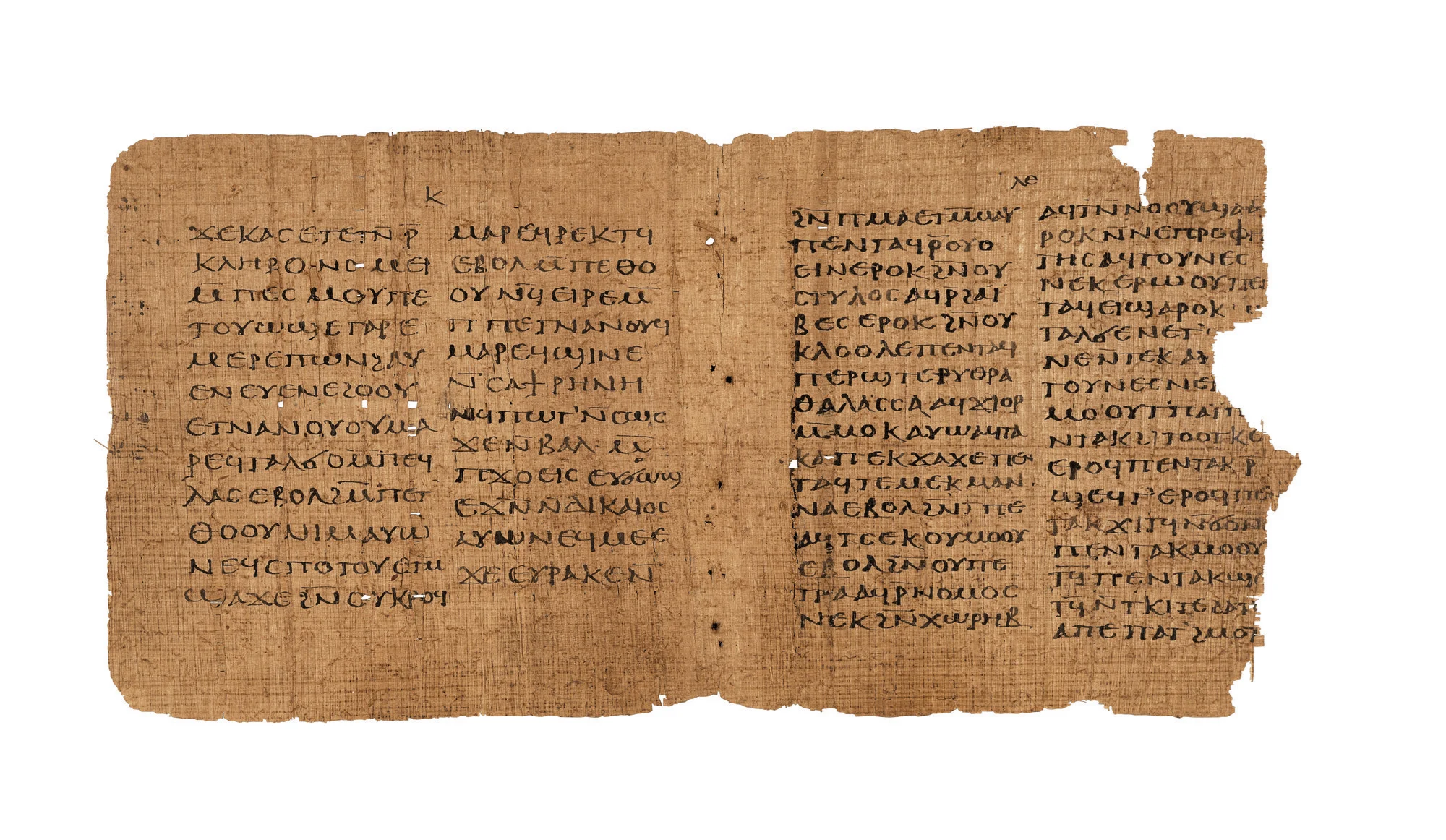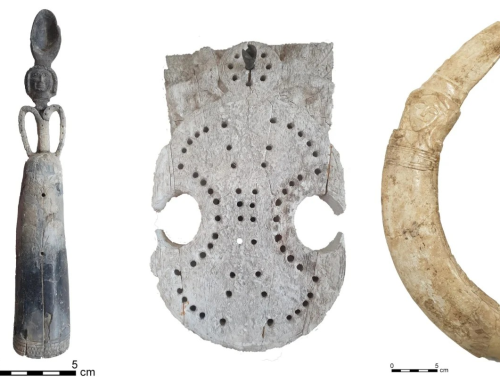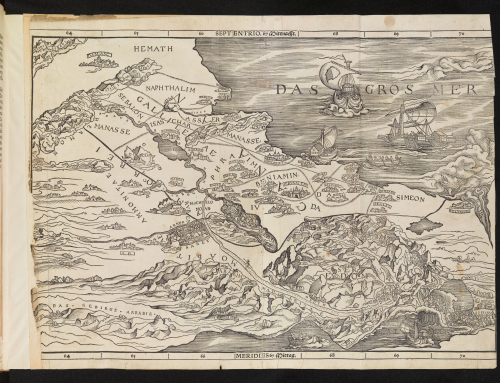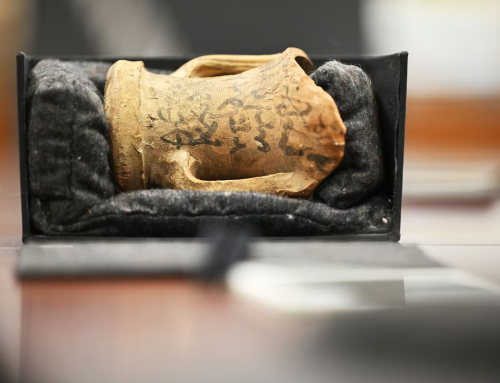It has been an unusually busy news week for Coptic codices. I posted a few days ago about the Mudil Psalms codex, and then yesterday several news outlets reported that Christie’s will be auctioning off the Crosby-Schøyen codex, a papyrus codex containing an eclectic mix of early Christian texts in Coptic (Melito’s On Passover, 2 Macc. 5:27–7:41, 1 Peter, Jonah, and a liturgical exhortation).
The codex is currently part of the collection of Martin Schøyen, a Norwegian collector who holds a number of early papyrus and parchment manuscripts. There is a brief posting at Christie’s website with highlights of what will be on sale in June. It’s not clear which, if any, of Schøyen’s other papyrological holdings might be up for sale.
As some of the various news articles note, the Crosby-Schøyen codex first came to the notice of scholars in the 1950s when it was bought by the University of Mississippi. I noted some months ago that a recent article by Dan Sharp makes a deep dive into the history of this purchase and other related transactions.
In the news reports, the date of the codex is given as “around 250-350 AD.” This is a reasonable date range, but it’s not quite the whole story (see below). This is one of the few papyrus codices that has actually been subject to radiocarbon analysis, the results of which were published in 2020 by Hugo Lundhaug (available here open access).
One sentence that appears in some of the news reports is baffling:
“A single scribe is said to have written the codex, which is made up of 52 leaves – or 104 pages – over a period of 40 years at a monastery in upper Egypt.”
There’s a lot to unpack here.
- “A single scribe is said to have written the codex”: Yes, it is generally thought that one copyist executed the whole codex.
- “made up of 52 leaves – or 104 pages.” That may be the number of leaves in the Schøyen portion of the codex, but to the best of my knowledge, the most reliable analyses suggest that the original book when whole had 68 folia and two stubs, so 136 pages with two uninscribed partial leaves. Some of these folia are lost, but there are fragmentary remains of some folia in other collections (the Chester Beatty collection in Dublin and the Fondation Martin Bodmer in Cologny).
- “over a period of 40 years”: I have no idea what this claim even means. Writing an ancient script is a difficult skill to master, but it doesn’t take 40 years to copy a codex.
- “at a monastery in upper Egypt.” Yes, this is a widely accepted theory for the production of this codex. But if this theory is true, that fact would really narrow down the range of possible dates for the production of the codex. The specific theory is that this book was produced in one of the Pachomian monasteries in Egypt, and these monasteries were only formed in the second quarter of the fourth century. This would mean that the date of the codex would actually be more like 330-350. That is to say, the radiocarbon analysis gives us a rough terminus ante quem (latest possible date of production), and the monastic production theory gives us a terminus post quem (earliest possible date of production).
So, if this is accurate, then the sales claims about this codex containing “the two earliest complete texts of two books of the Bible, 1 Peter and Jonah” may not be strictly correct. P.Bodmer 8 also has a reasonable claim to being the earliest complete copy of 1 Peter. We can’t say for sure, as we just don’t know the dates of these manuscripts with high degrees of precision.
What we can say with confidence is that this is an early and well preserved specimen of the codex format. When the codex first arrived in Mississippi, it was still in a relatively intact state:

It is a single-quire codex (a single large stack of papyrus sheets that was folded and tacketed through the central fold). The outer folia had broken away by the time the codex arrived in Mississippi. But the papyrus seems to have been pliable enough to handle the codex just as one would handle a modern book:
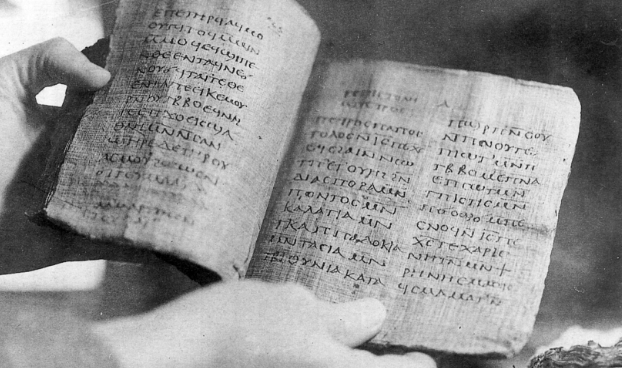
The codex was disassembled, and the individual folia were mounted between glass plates, which is how they are now seen in Christie’s sales video.
The Corsby-Schøyen codex is a very interesting artifact in terms of the history of the book, for what it can tell us about early book construction and codicology (one example is its curious scheme of pagination).
It is also interesting from a legal and ethical point of view. Because it was removed from Egypt before 1970, it sits on the “happy” side of the UNESCO Convention on the Means of Prohibiting and Preventing the Illicit Import, Export and Transfer of Ownership of Cultural Property. Yet, it is one of many ancient manuscripts that exited Egypt before 1970 but after the passage of Egypt’s Law no. 215 of 1951. Sharp’s research demonstrates that the codex probably left Egypt in 1954 or 1955, was moved to Switzerland, and then brought to the US in the summer of 1955. Law no. 215 stipulated that certain antiquities could leave Egypt but only with explicit written government approval. I believe the Egyptian dealer who sold this codex, Maguid Sameda, held an official antiquities license issued by the government, so, in theory at least, some paperwork should exist that documents that the legal export of the codex from Egypt (although I have never seen it).
Original Article – The Upcoming Sale of the Crosby-Schøyen Codex (Just How Old is this Book?) | Variant Readings (brentnongbri.com)

